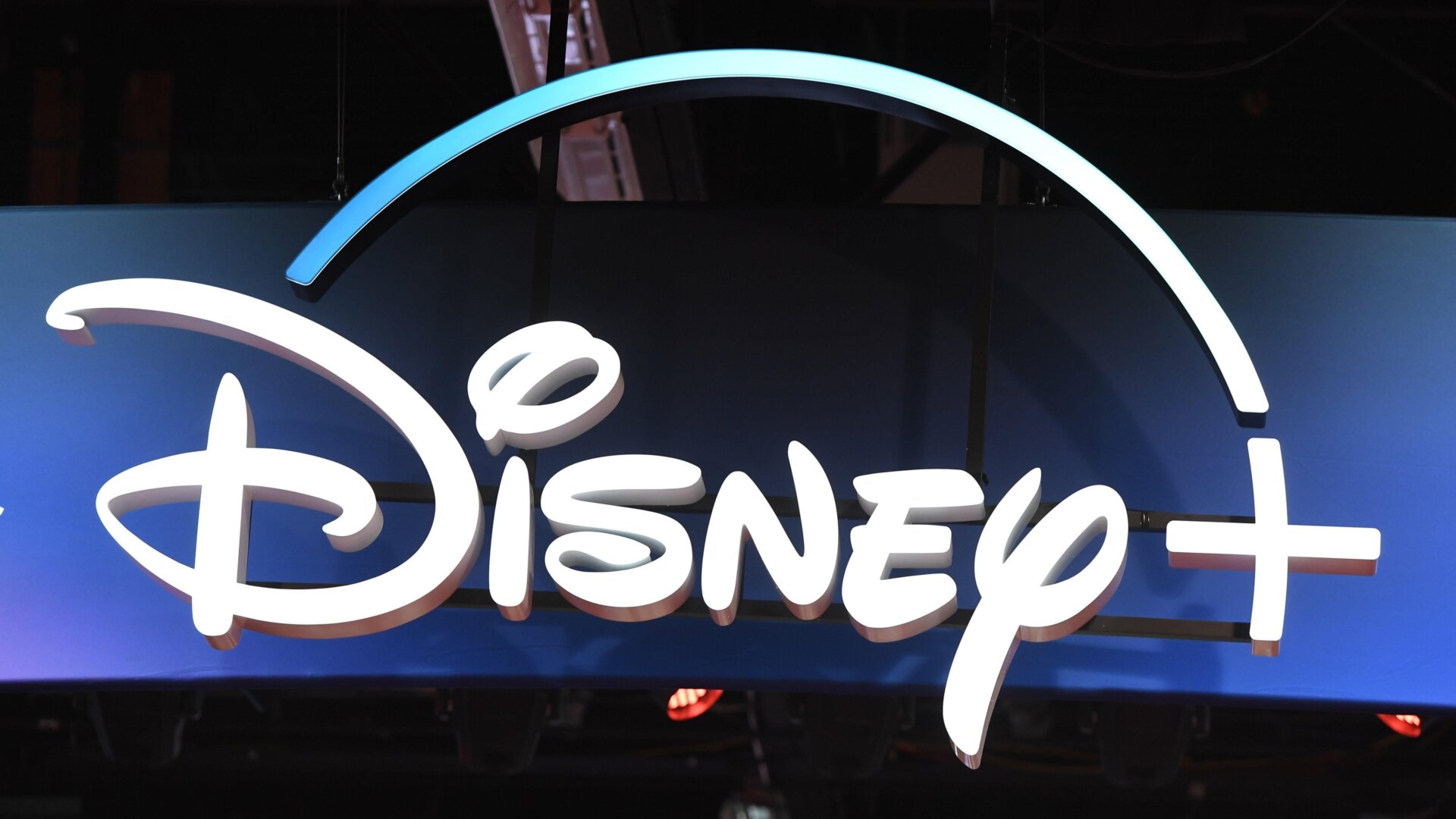
The Dawn of a New Media Landscape: The "Big Three" of Streaming
For decades, the American television landscape was dominated by the "Big Three" networks: ABC, CBS, and NBC. These broadcast giants shaped popular culture, dictated viewing habits, and held a near-monopoly on the entertainment industry. However, the advent of streaming services has ushered in a new era, one where traditional media models are being challenged and redefined. As consumer behavior shifts towards on-demand content and digital platforms, analysts are beginning to identify the potential "Big Three" of the streaming age.
According to recent research from Digital TV Research, the global subscription video on demand (SVOD) market is poised for explosive growth. Between 2021 and 2026, SVOD subscriptions are projected to increase by a staggering 491 million, eventually reaching a total of 1.64 billion. This exponential expansion underscores the undeniable dominance of streaming in the modern media landscape.
While Netflix currently reigns supreme as the streaming king, boasting approximately 209 million global paid memberships as of the second quarter of 2021, analysts anticipate a significant shift in the coming years. Disney+, the streaming juggernaut backed by the media empire of Disney, is projected to overtake Netflix and claim the throne as the most popular streaming service by 2026.
Digital TV Research estimates that Disney+ will add an impressive 140 million subscribers in the next five years, bringing its total to a remarkable 284 million. In comparison, Netflix is expected to add a more modest 53 million new users, reaching a total of 271 million subscribers. This projected shift in dominance highlights the immense power of Disney’s brand recognition, vast library of intellectual property, and strategic approach to content creation and distribution.
However, the streaming landscape is not solely defined by the battle between Netflix and Disney+. Analysts predict that three platforms will ultimately control the lion’s share of global SVOD subscriptions. In addition to Netflix and Disney+, Amazon Prime Video is expected to solidify its position as a major player in the streaming market.
Amazon Prime Video benefits from its integration with the Amazon Prime ecosystem, which offers subscribers a wide range of benefits beyond streaming content, including free shipping, exclusive deals, and access to other Amazon services. This bundled approach provides a significant competitive advantage, attracting and retaining subscribers who value the overall value proposition of the Amazon Prime membership.
Barring any unforeseen circumstances, Netflix, Disney+, and Amazon Prime Video are likely to emerge as the "Big Three" of streaming. These platforms possess the resources, content libraries, and technological infrastructure necessary to thrive in the fiercely competitive streaming market. As the field continues to narrow, smaller players may struggle to maintain their market share, potentially leading to further consolidation and acquisitions.
The emergence of a "Big Three of Streaming" is a natural consequence of the capitalist forces that drive the media industry. Companies are incentivized to expand their reach, amass intellectual property, and dominate their respective markets. The streaming wars are no exception, as each brand seeks to acquire as much content as possible to attract and retain subscribers.
Recent carriage deal disputes, such as the one between YouTube TV and NBCUniversal, underscore the increasing importance of bundling and strategic partnerships in the streaming era. NBCUniversal reportedly demanded that YouTube TV bundle its proprietary streaming service, Peacock, with its core offerings. This demand reflects NBCUniversal’s desire to boost Peacock’s subscriber numbers, which have been underwhelming since its launch in 2020.
As the streaming market matures, bundling deals and other similar strategies are likely to become more prevalent. Brands will seek to leverage their assets and partnerships to reach new customers, even if it means deviating from the direct-to-consumer models that initially defined the streaming industry. The quest for market share and dominance will drive innovation and experimentation as companies explore new ways to attract and retain subscribers.
The streaming wars are far from over, and the landscape is constantly evolving. New players may emerge, existing platforms may shift their strategies, and technological advancements may disrupt the market. However, the emergence of a "Big Three" signals a significant shift in the media landscape, one where streaming services have become the dominant force in entertainment consumption.
As we move closer to 2026, the battle for streaming supremacy will intensify. Netflix, Disney+, and Amazon Prime Video will continue to compete for subscribers, content, and market share. The outcome of this competition will shape the future of entertainment and determine which platforms will ultimately define the streaming era. The viewers will decide in the end which Big Three stand supreme.
